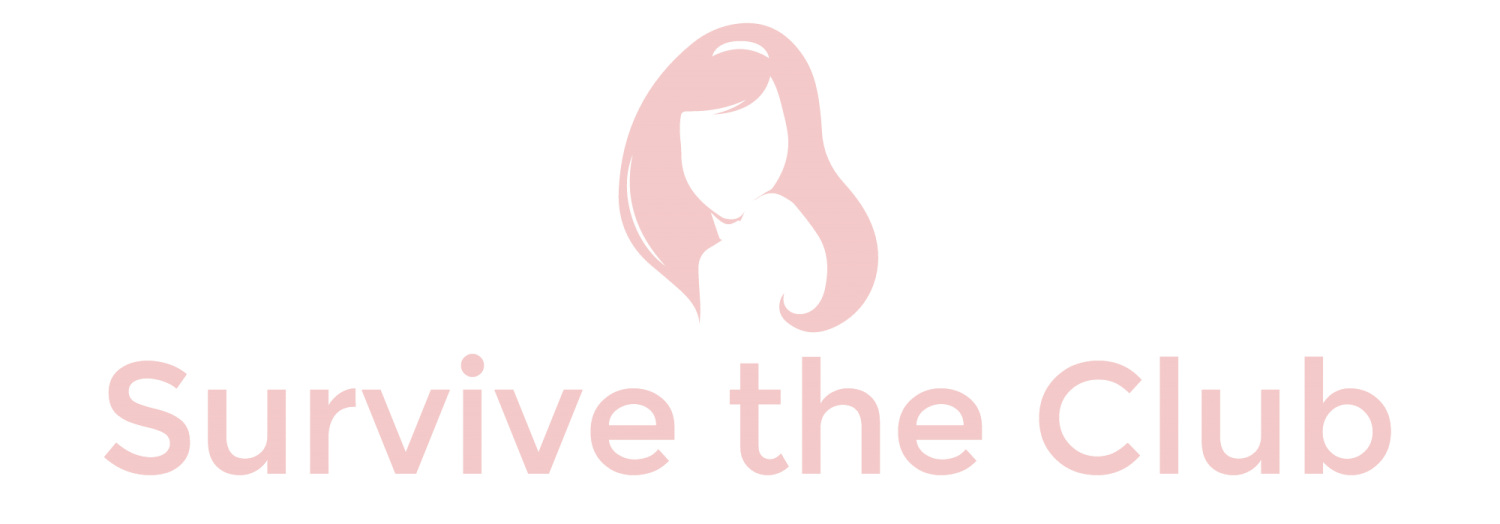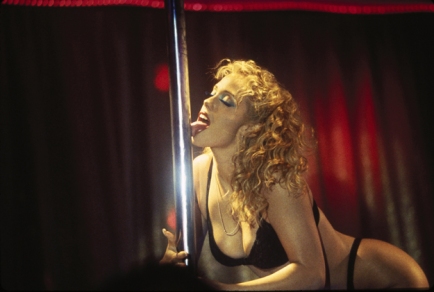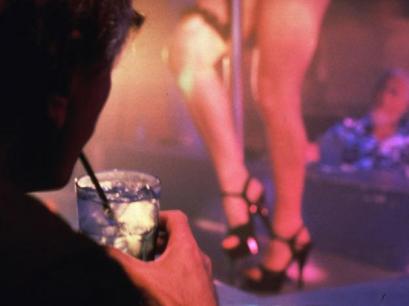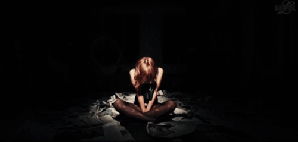Even if you are a really great stripper and a really great person, there will be a time in your stripping career that it seems like every person you work with hates you. It’s a thing, I think, that happens to most every woman at some point, whether you’re a stripper or not. Girls do this community thing that can be really beautiful, but the dark side shows when you are the one on the outside of the clique. Sex work is alienating enough, so when you combine the discomfort of being naked for strangers with feeling unwelcome at the club, it can send you into an emotional whirlwind. Being the lone soldier can feel stifling, but you aren’t stifled. You’re good, girl. There are healthy ways to deal with this kind of stuff that actually work in your favor. There are also very unhealthy ways to deal with it that will leave you broke and questioning every choice you’ve ever made. No matter which direction you focus your energy, a domino effect is bound to happen.
 When we do something positive in one aspect of our lives, it tends to have a positive impact on other parts. In these scenarios, when you’re feeling totally alone and depressed, there are things you can focus on that will make you feel better which will in turn make you a better person and in turn will make you more money. You don’t have to turn self conscious, you don’t have to let it ruin your money, and you don’t have to deal with it at all, really. You can control your emotions and your actions to get the results that you want from your life, and like 50 said, “If they hate then let em hate and watch the money pile up.”
When we do something positive in one aspect of our lives, it tends to have a positive impact on other parts. In these scenarios, when you’re feeling totally alone and depressed, there are things you can focus on that will make you feel better which will in turn make you a better person and in turn will make you more money. You don’t have to turn self conscious, you don’t have to let it ruin your money, and you don’t have to deal with it at all, really. You can control your emotions and your actions to get the results that you want from your life, and like 50 said, “If they hate then let em hate and watch the money pile up.”
The simple answer, obviously, is to find another club. Unless you live somewhere that you are at the only nearby club, you could just go somewhere else where you don’t know anyone. Eventually, people will find someone else to pick on and you could go back to your old club, but who knows, by then maybe you’ll love the new club more. Maybe you love your club or have no other options, though! Maybe you have regulars, feel safe, comfortable, and happy! It’s probably the case, actually, because no one picks on the girl who isn’t a threat. That’s the simple solution, but life isn’t as simple as it should be, really.
Being the new girl is always a bread winner, and it’s good to feel uncomfortable at a strip club. The feeling of “home” keeps us from working. If you’ve been at your club for more than a year, you know you are guilty of putting your feet up and gossiping in the dressing room instead of working. You know sometimes you straight up ignore customers so you can finish your conversation. Don’t kid yourself! You could be making more money and dealing with fewer haters. People aren’t always welcoming to the “new girl” but best believe they don’t have any dirt on you!
Maybe switching clubs isn’t an option, though. Maybe it’s not appealing to you at all and you’re staying put no matter what. Cool! I applaud your resilience. You have no choice but to be on top of your game. You have to look great and let the haters be your motivation…this should be your truest test of how great of a dancer you are. If you can smile the warmest smile to that fifty year old finance exec in the Prada loafers and look through your enemies as though they aren’t even there, you have officially made it. There is no reason to bring up people’s distaste of you unless the customer notices it and brings it to your attention. At that point, laugh it off and drop it! “Yeah, girls can get a little jealous sometimes, but they’re all nice enough girls. Im just gonna stay with you until they find someone else to pick on!” ::wink wink::
Don’t fuel the fire. Don’t talk about it at all. Let their anger hurt their money, but don’t let someone else’s negativity take cash from your hand! No one has control over you. You came to work to work, and you aren’t letting a bunch of girls who don’t pay your bills determine your income. Girl, you’re doing it. You should be top earner every night you are the most hated. If not, stay home. Find another club. Figure out why everyone hates you and fix it.














